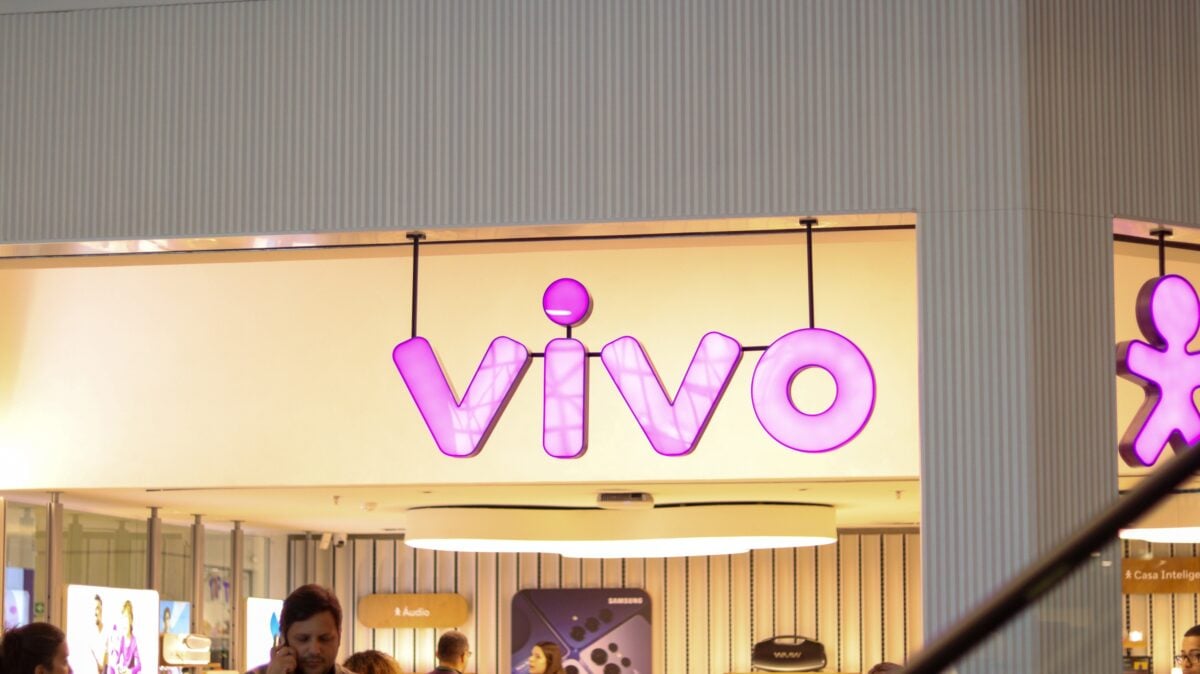TLDRs;
Contents
- Vivo’s Vision headset undercuts Apple’s Vision Pro with lighter weight, sharper displays, and an estimated $1,400 price tag.
- Dual OLED 8K displays and a Qualcomm XR2 Plus Gen 2 chip power the headset’s high-performance experience.
- Weighing 398 grams, the Vivo Vision is 35% lighter than Apple’s Vision Pro, improving comfort during extended use.
- Positioned within Vivo’s ecosystem, the headset pairs with select Vivo phones and Windows computers for projection.
Chinese smartphone maker Vivo has unveiled its first mixed-reality headset, Vivo Vision, which bears striking similarities to Apple’s Vision Pro but comes with a lighter build, competitive specifications, and a much lower price tag.
With the mixed-reality industry still in its early stages, Vivo’s entry signals a fresh wave of competition for Apple, particularly in Asia and other price-sensitive regions.
Lighter Headset Redefines Mixed-Reality Comfort
One of the most notable aspects of the Vivo Vision is its focus on weight reduction, a pain point long associated with VR and MR devices. At just 398 grams, the headset is about 35% lighter than Apple’s Vision Pro, which starts at around 600 grams.
vivo Vision Explorer Edition MR headset with dual 8K Micro-OLED displays, Snapdragon XR2+ Gen 2 announced https://t.co/MvxVJljAD9 #vivoVision pic.twitter.com/6Pr4fjPUIg
— FoneArena Mobile (@FoneArena) August 21, 2025
This design choice directly addresses user comfort, a key factor limiting extended use of head-mounted displays. Lighter weight not only reduces fatigue but could also help make the device more appealing to mainstream users.
Aggressive Pricing Aims at Wider Market
Perhaps the biggest disruption comes from pricing. While Apple’s Vision Pro retails for $3,500, Vivo’s Vision headset is expected to launch at around $1,400, just one-third of the cost.
This aggressive pricing mirrors the strategy many Chinese smartphone brands, including Vivo itself, used to break into the global mobile market: offering high-end features at significantly lower prices.
With a combination of affordability and premium specifications, Vivo is clearly positioning its Vision headset as an accessible option for consumers who find Apple’s offering out of reach.
Advanced Displays and Processing Power
Vivo has packed its headset with competitive hardware. The device features dual OLED displays with a combined 8K resolution (3,840 x 3,552 pixels per eye), surpassing the Vision Pro’s pixel count.
Powering the experience is Qualcomm’s Snapdragon XR2 Plus Gen 2 platform, which Vivo says delivers 15% higher graphics processing frequency than its predecessor.
Like Apple, Vivo includes eye-tracking and hand-gesture controls, as well as flexible strap options, a solo knit band and a dual-loop band, for user customization.
Ecosystem Strategy Behind Vivo’s Move
For now, the Vivo Vision is compatible only with select Vivo smartphones and Windows 10 or newer computers for screen projection. This limitation suggests that rather than chasing standalone market dominance, Vivo is using the headset to strengthen its existing ecosystem of devices.
By integrating the Vision headset into its hardware lineup, Vivo could boost customer loyalty and cross-device engagement, echoing Apple’s ecosystem approach but with a different market entry point, pricing accessibility.
Can Vivo Disrupt Apple’s Hold?
While Apple’s Vision Pro remains the gold standard in terms of premium brand recognition, Vivo’s Vision brings something Apple cannot match, a combination of affordability, lighter design, and impressive technical specs.
The competition could ultimately benefit the broader market. As more companies prioritize comfort, usability, and accessibility, mixed-reality devices may finally begin to move from niche adoption into the mainstream consumer space.


